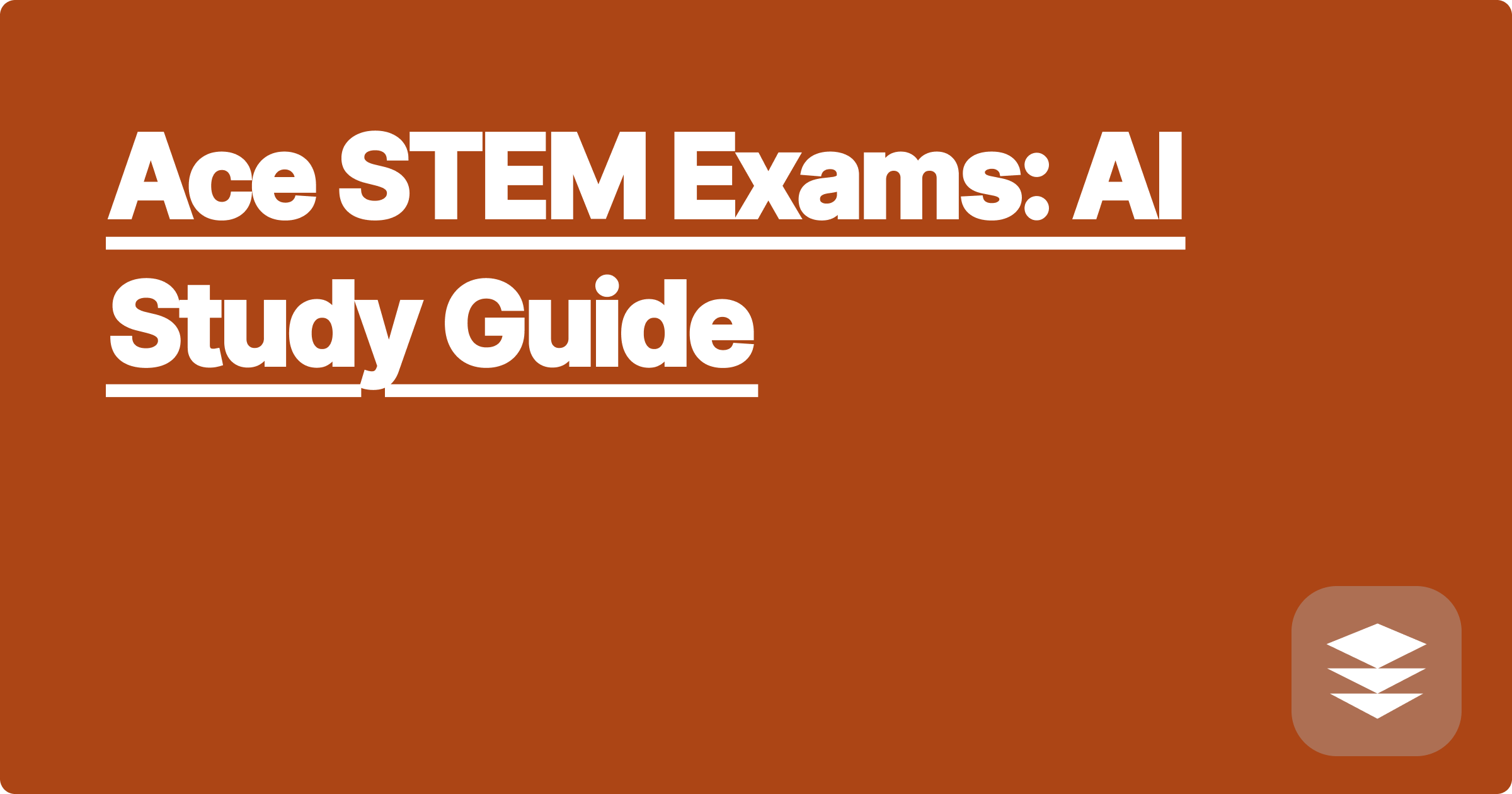
STEM fields present a unique challenge: the sheer volume of complex information students and researchers must master. From intricate mathematical proofs to nuanced scientific concepts, the learning curve can be steep. Fortunately, the rise of artificial intelligence offers powerful new tools to navigate this demanding landscape. AI can personalize learning, provide on-demand tutoring, and even generate practice problems, effectively streamlining the study process and boosting comprehension.
This shift in learning paradigms is particularly relevant for STEM students and researchers facing increasing pressure to excel in highly competitive environments. The ability to leverage AI effectively can significantly impact academic performance, research productivity, and ultimately, career success. Mastering these tools offers a distinct advantage in today's fast-paced, technology-driven world. Embracing AI in education isn't just about keeping up; it's about unlocking new potential and pushing the boundaries of what's possible.
STEM education often involves grappling with abstract concepts and intricate problem-solving. Students frequently encounter difficulties understanding fundamental principles, applying theoretical knowledge to practical scenarios, and managing the vast amount of information required for exams. This can lead to frustration, decreased motivation, and ultimately, lower academic performance. Furthermore, researchers often spend significant time sifting through literature, performing repetitive calculations, and formatting data, hindering their ability to focus on core research activities. The complexity and volume of information inherent in STEM fields demand more efficient and personalized learning and research methodologies.
AI tools like ChatGPT, Claude, and Wolfram Alpha provide innovative solutions to these challenges. ChatGPT and Claude can be used for conceptual clarification, generating practice questions, and even simulating exam scenarios. By posing questions in natural language, students can receive detailed explanations tailored to their specific needs. These AI assistants can also break down complex concepts into smaller, more digestible chunks, facilitating deeper understanding. Wolfram Alpha excels at computational tasks, allowing researchers and students to quickly perform complex calculations, visualize data, and access a vast library of scientific information. Leveraging these tools can significantly improve learning efficiency and research productivity.
To begin using AI for exam preparation, start by identifying the specific topics or concepts you find challenging. Then, formulate clear and concise questions for the AI assistant. For example, if struggling with a particular physics equation, ask ChatGPT or Claude to explain the concept behind it, provide real-world examples, or generate practice problems. When using Wolfram Alpha, input the specific equation or problem you need to solve. The platform will provide not only the solution but also step-by-step explanations and relevant visualizations. After receiving the AI-generated responses, carefully review the information and compare it with your existing knowledge. This iterative process of questioning, reviewing, and refining understanding is crucial for effective learning.
Consider a student struggling with the concept of derivatives in calculus. They could ask ChatGPT, "Explain the concept of a derivative and provide some examples of its application in physics." ChatGPT would then provide a detailed explanation of derivatives, relating them to the concept of instantaneous rates of change and illustrating their use in calculating velocity and acceleration. Alternatively, a researcher could use Wolfram Alpha to solve a complex integral or to visualize the behavior of a particular function. For instance, entering "integrate x^2 sin(x) dx" into Wolfram Alpha would yield not only the solution but also a graphical representation of the function and its integral. These practical applications demonstrate how AI can be seamlessly integrated into STEM learning and research workflows.
To maximize the benefits of AI in STEM education and research, it's essential to develop effective strategies for using these tools. Treat AI as a supplement to, not a replacement for, traditional learning methods. Actively engage with the material, asking clarifying questions and seeking deeper understanding. Don't rely solely on AI-generated answers; use them as a starting point for further exploration and critical thinking. Experiment with different AI tools to find the ones that best suit your learning style and research needs. By integrating AI strategically into your workflow, you can unlock its full potential for academic and research success.
In conclusion, AI offers a transformative approach to STEM education and research. By leveraging the power of tools like ChatGPT, Claude, and Wolfram Alpha, students and researchers can overcome learning hurdles, enhance comprehension, and boost productivity. Embracing these technologies is no longer optional; it's a necessity for thriving in the increasingly competitive landscape of STEM. Start exploring these tools today and unlock your full potential.
AI Homework Help: STEM Made Easy
Ace STEM Exams: AI Study Guide
AI for Lab Reports: Data Analysis